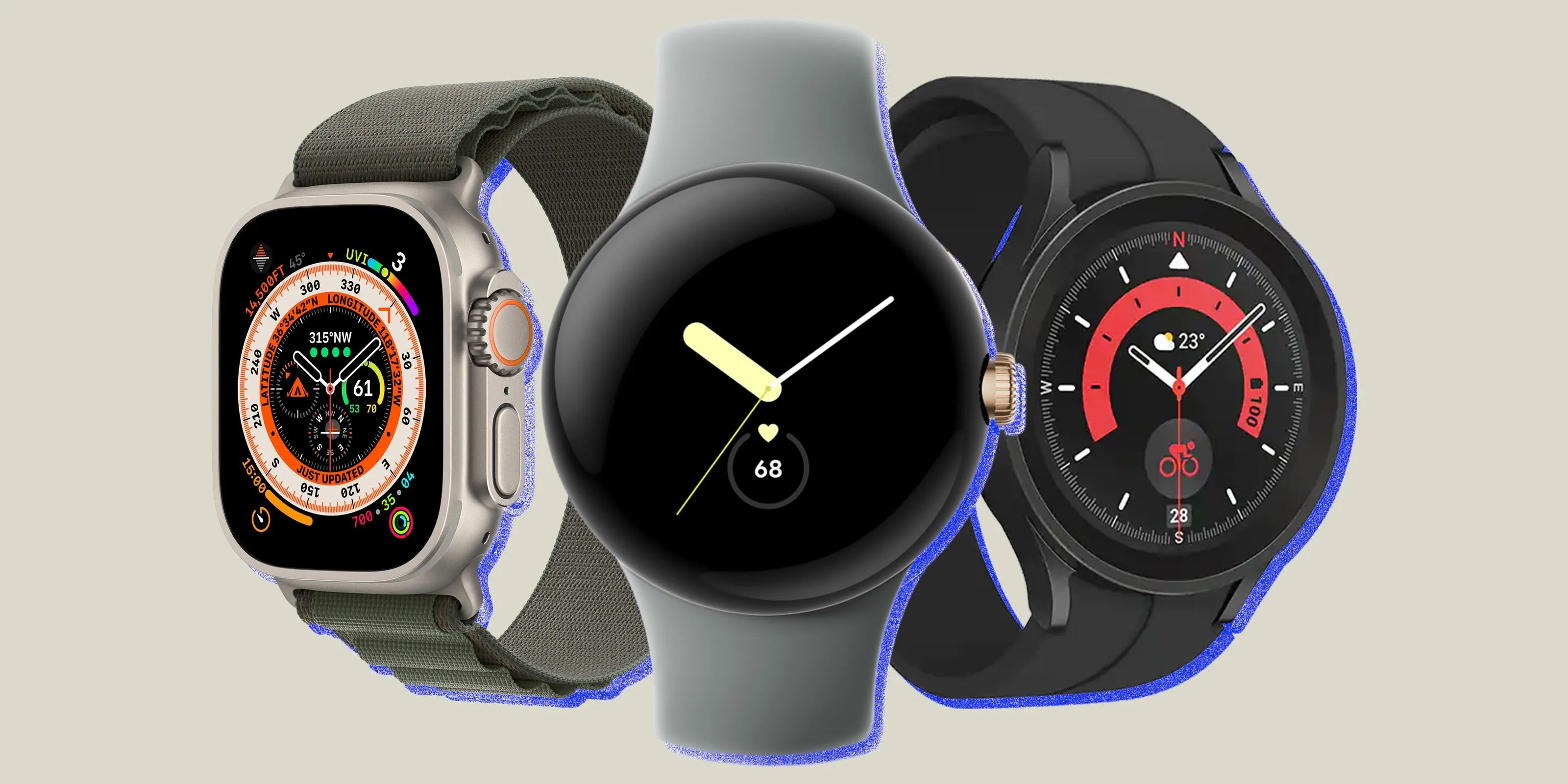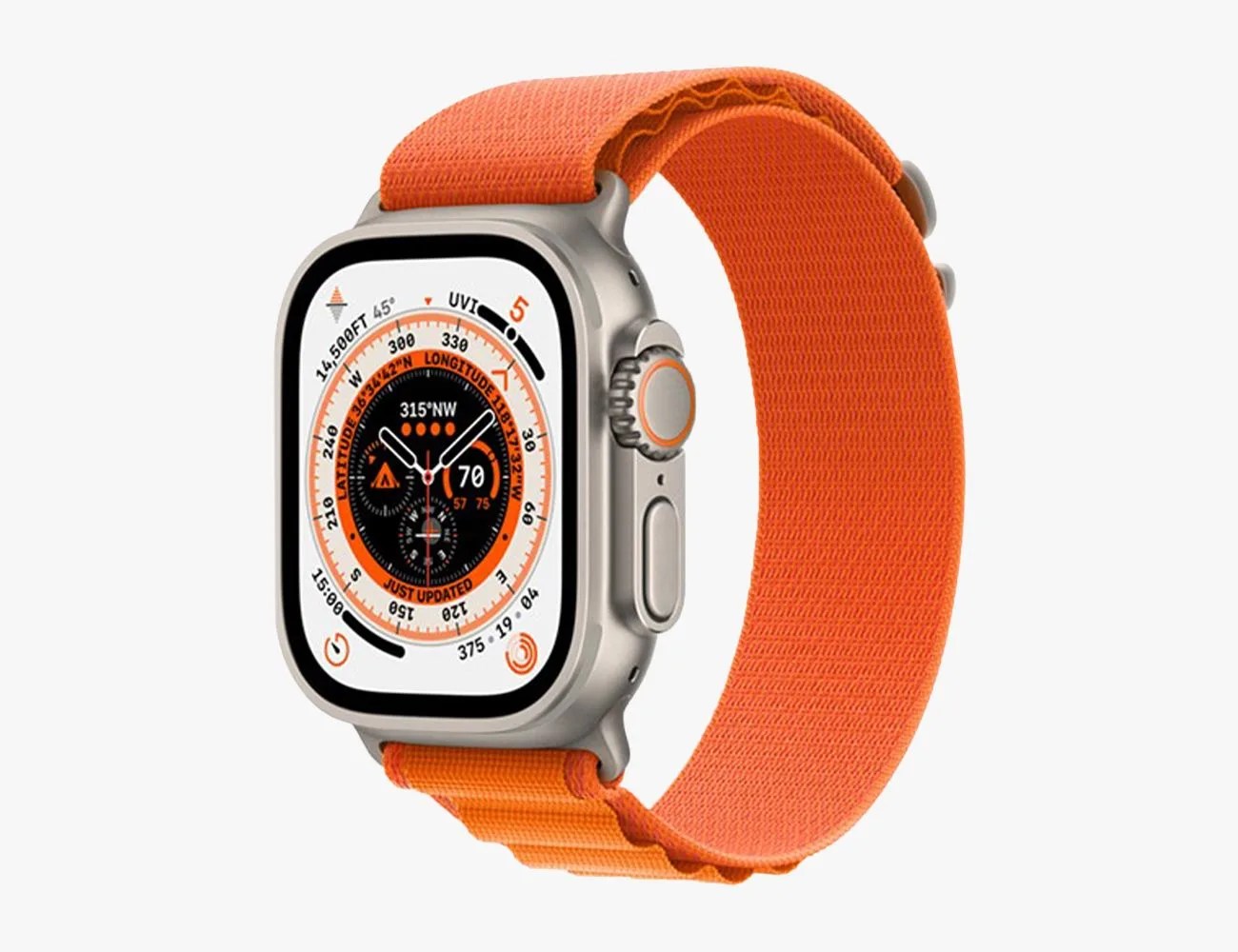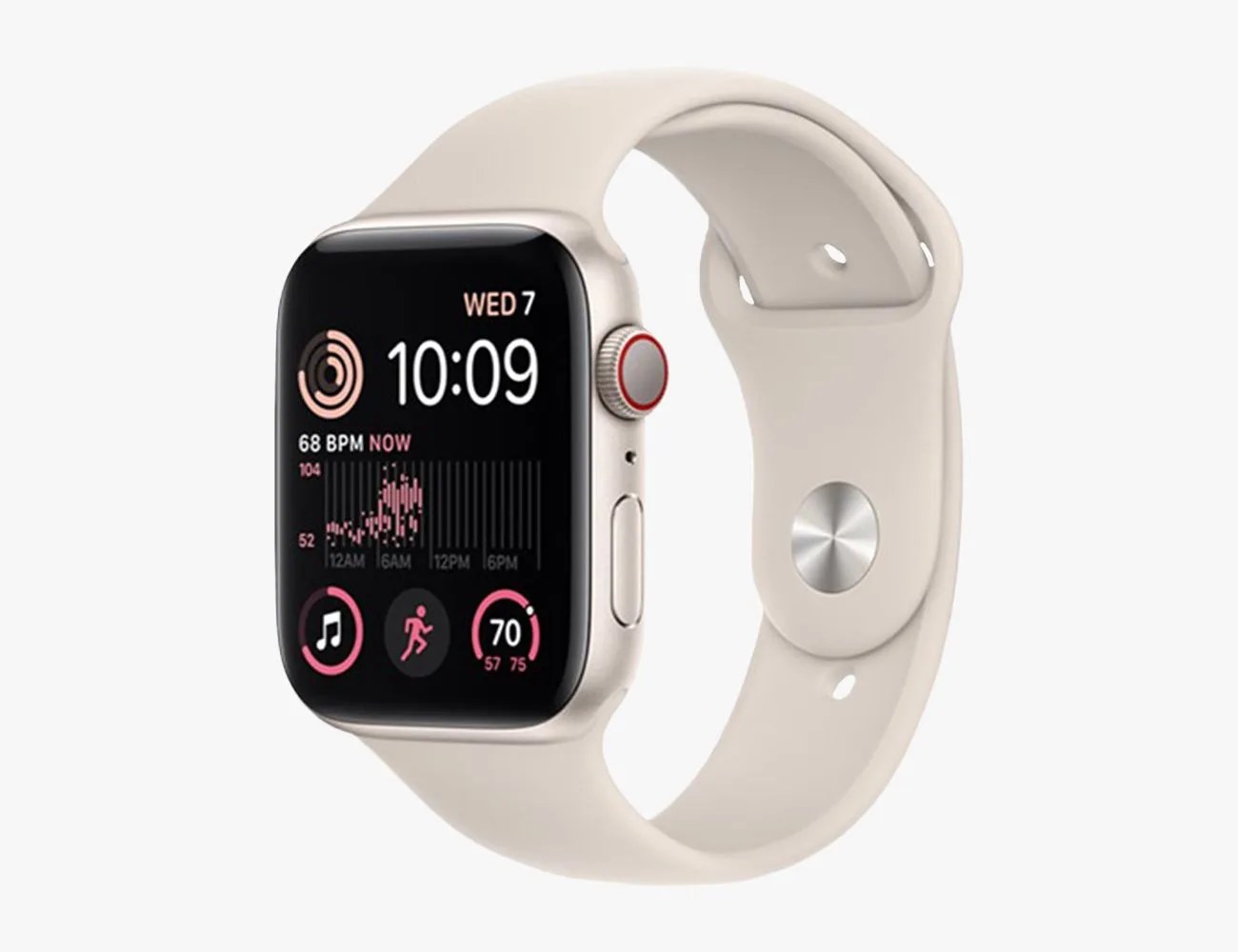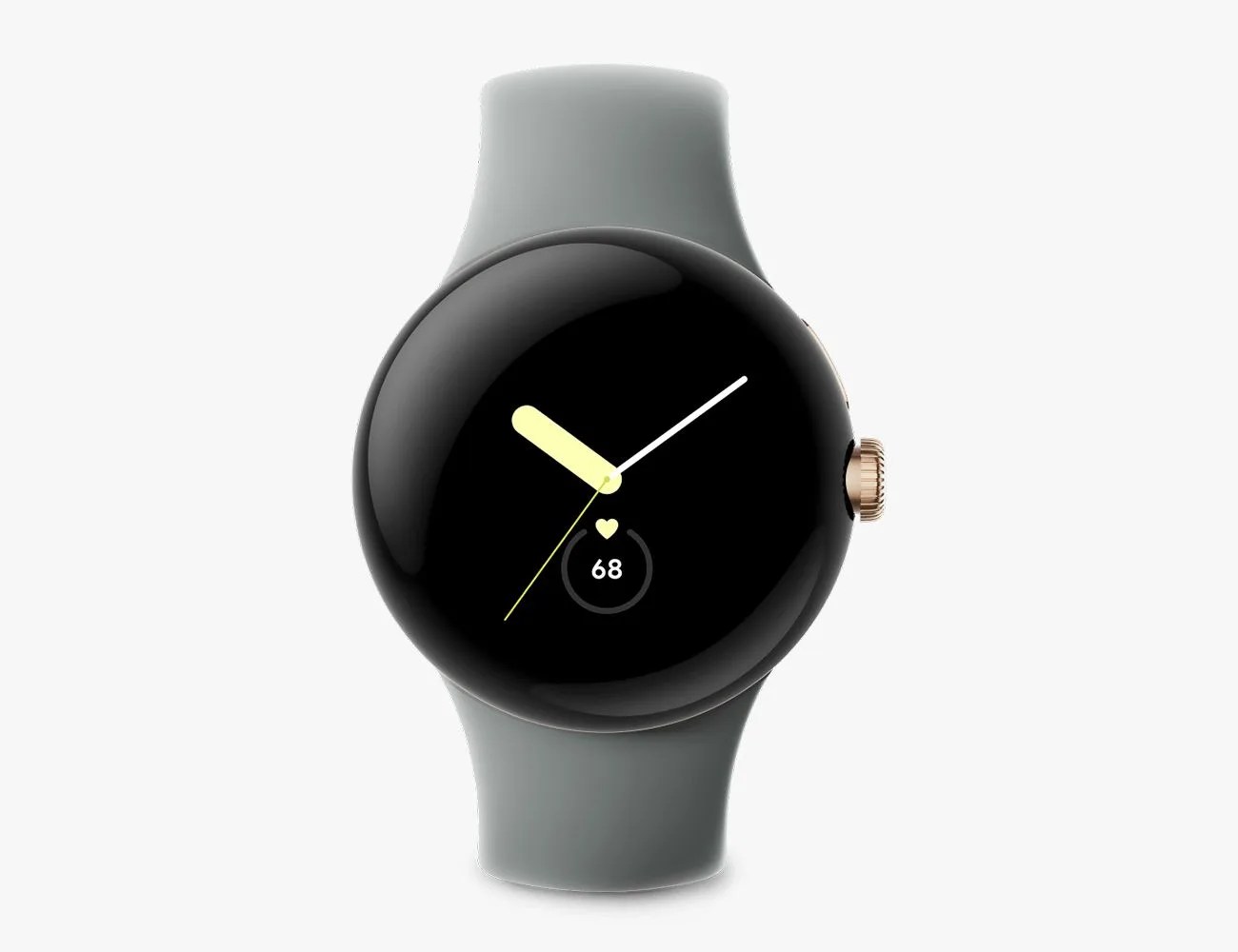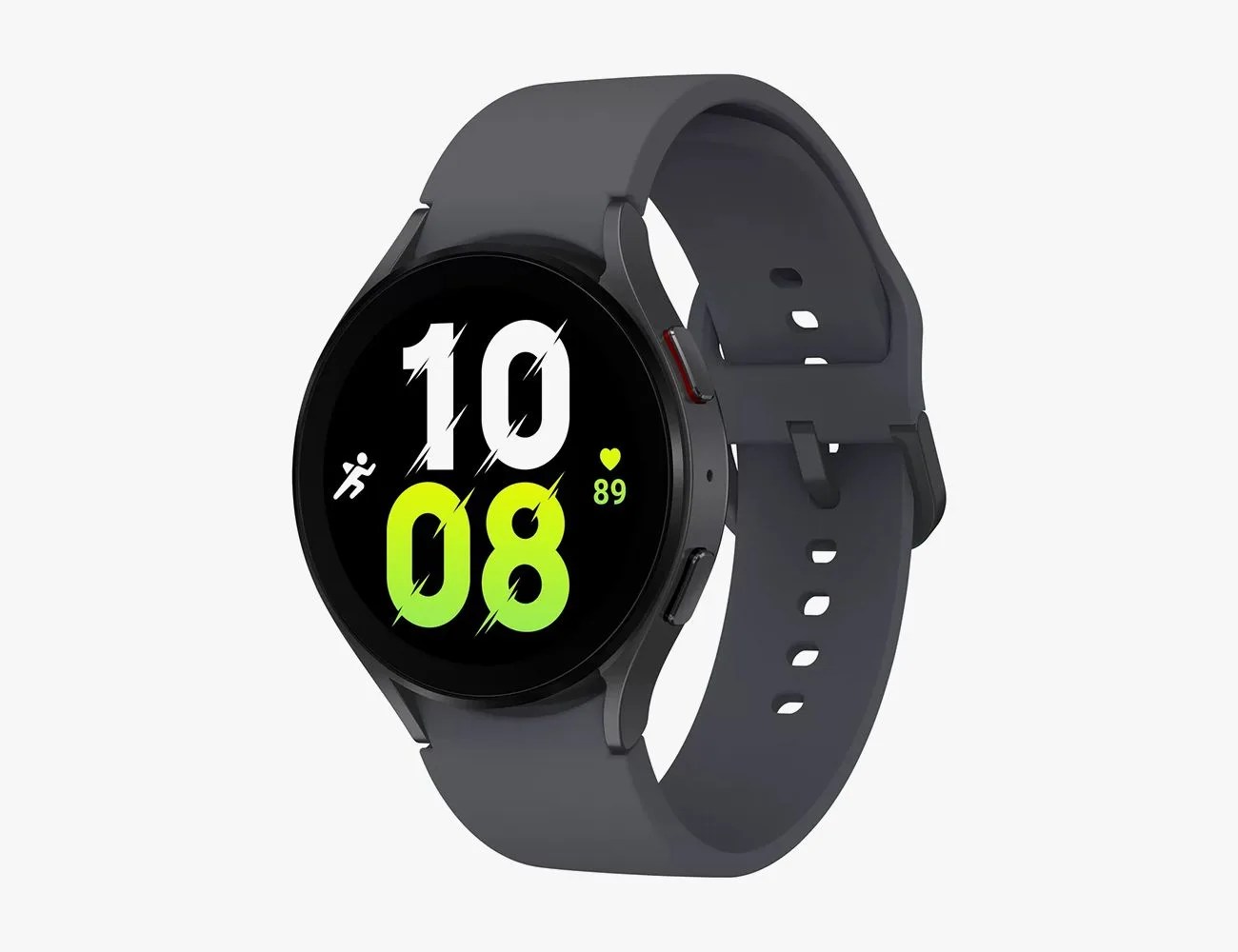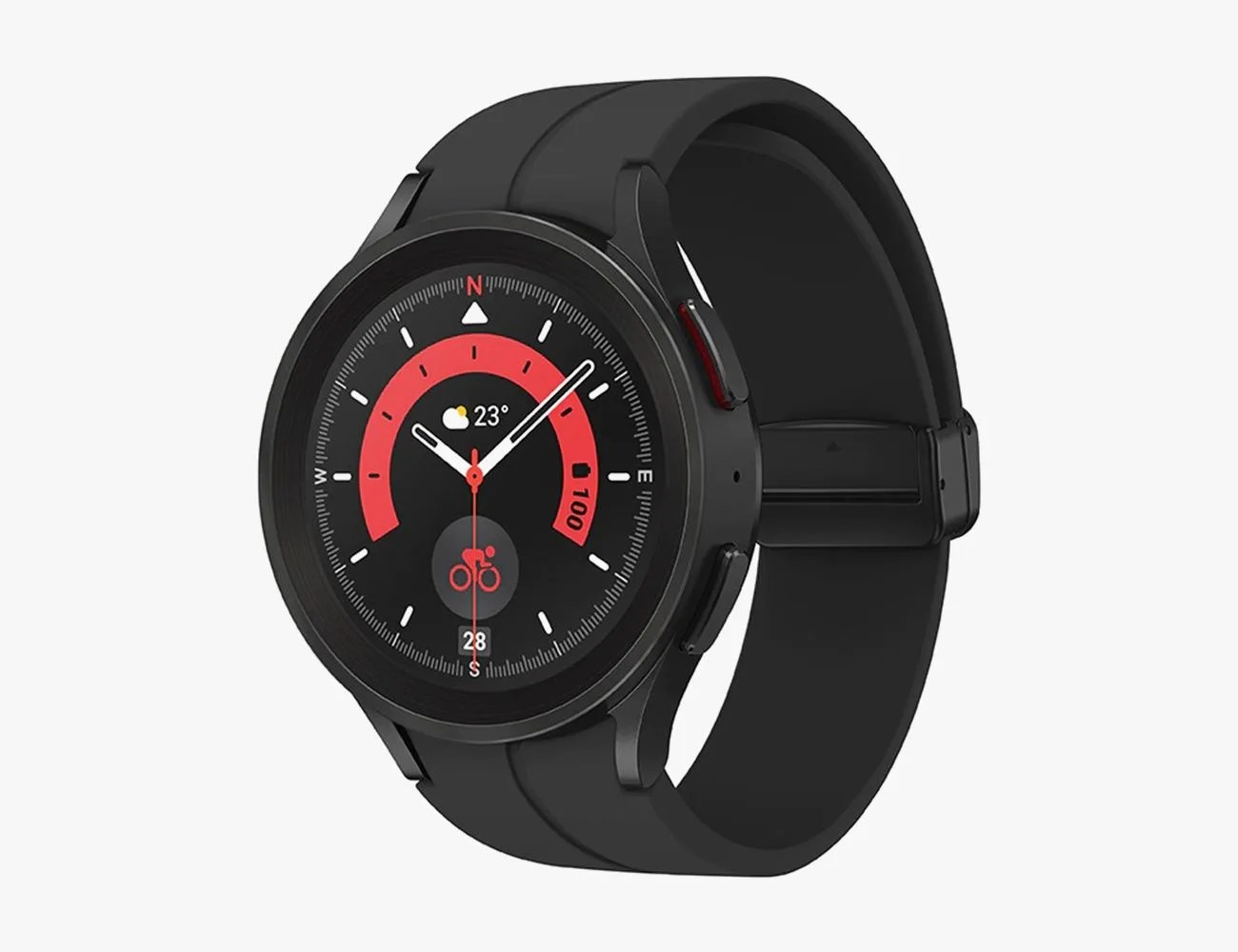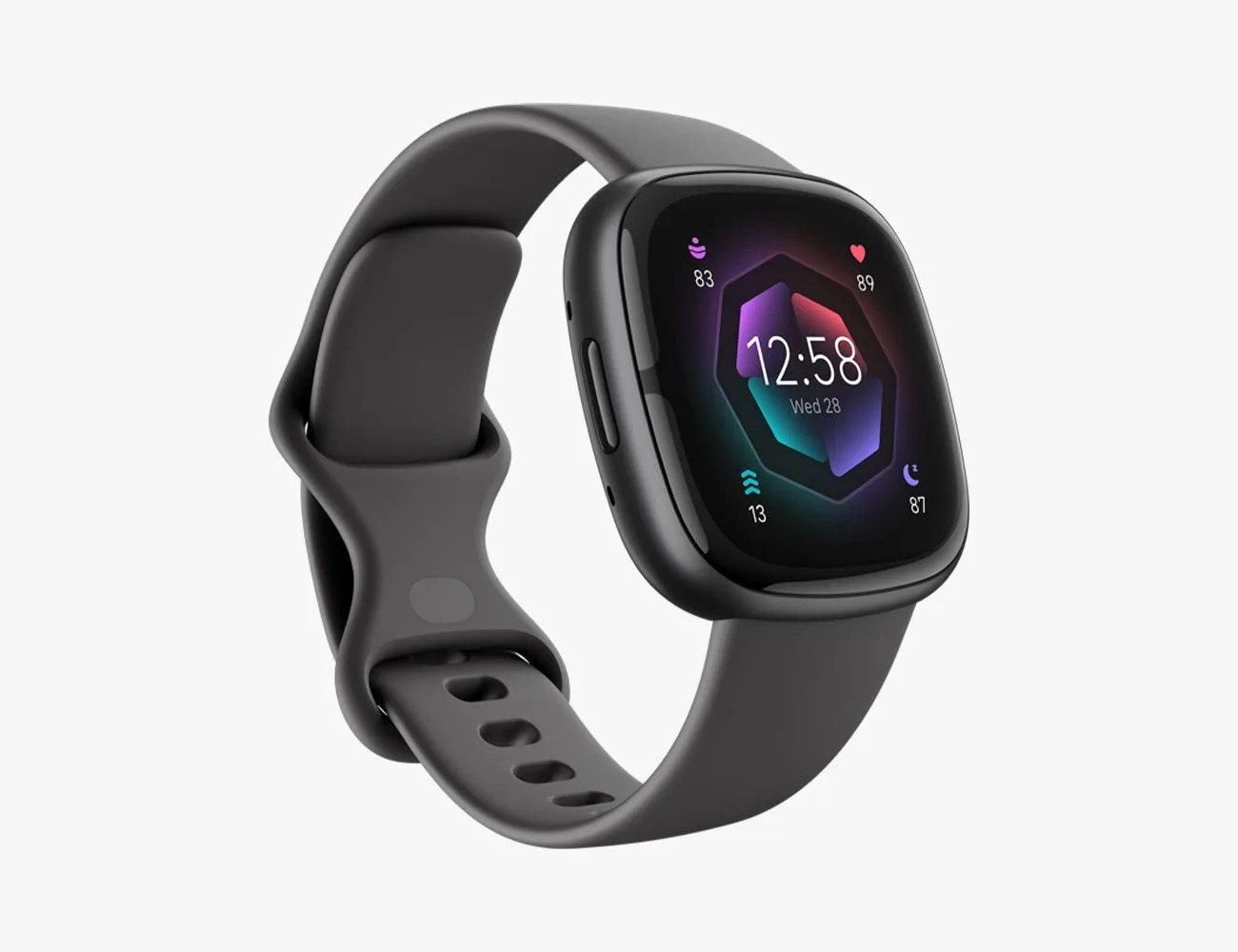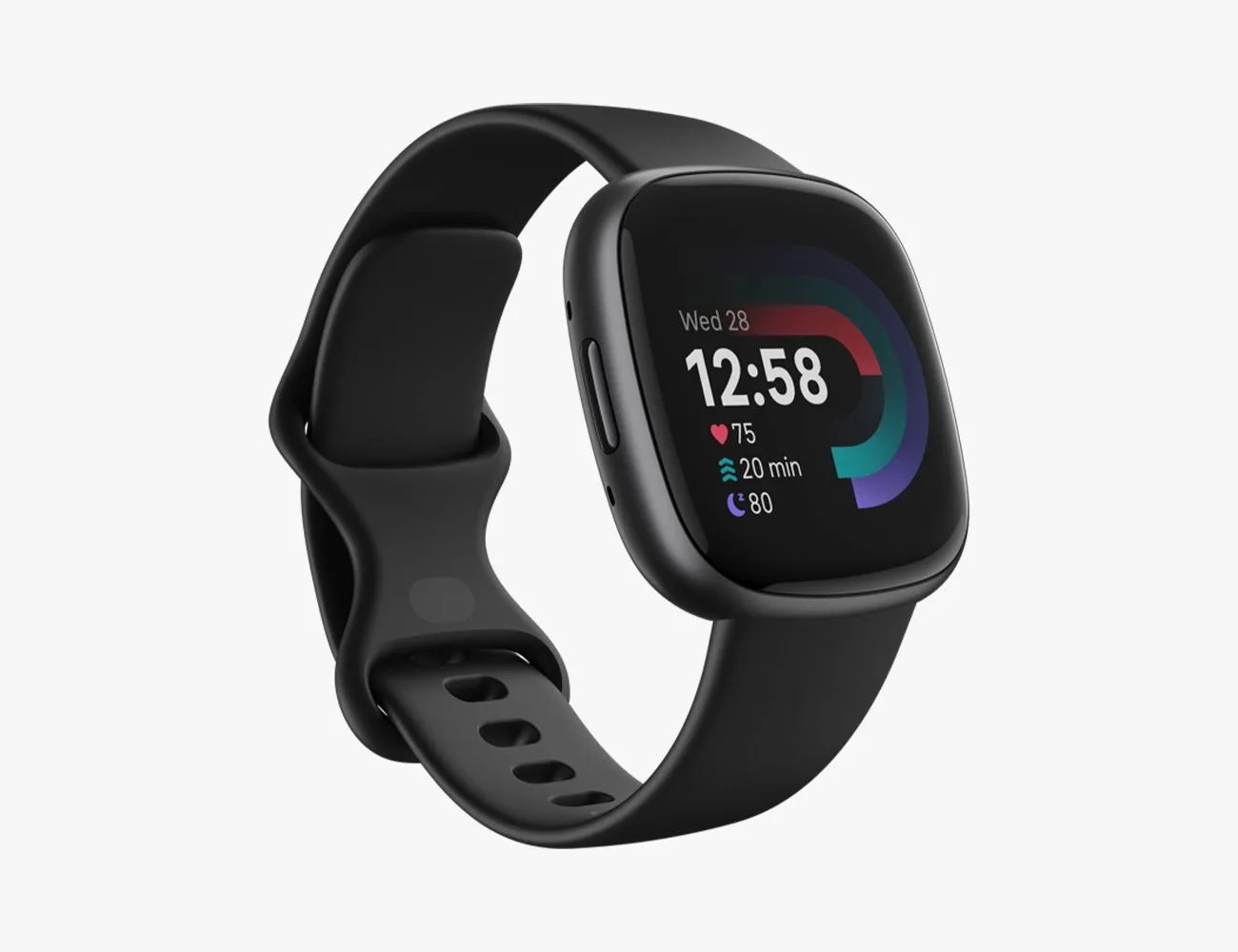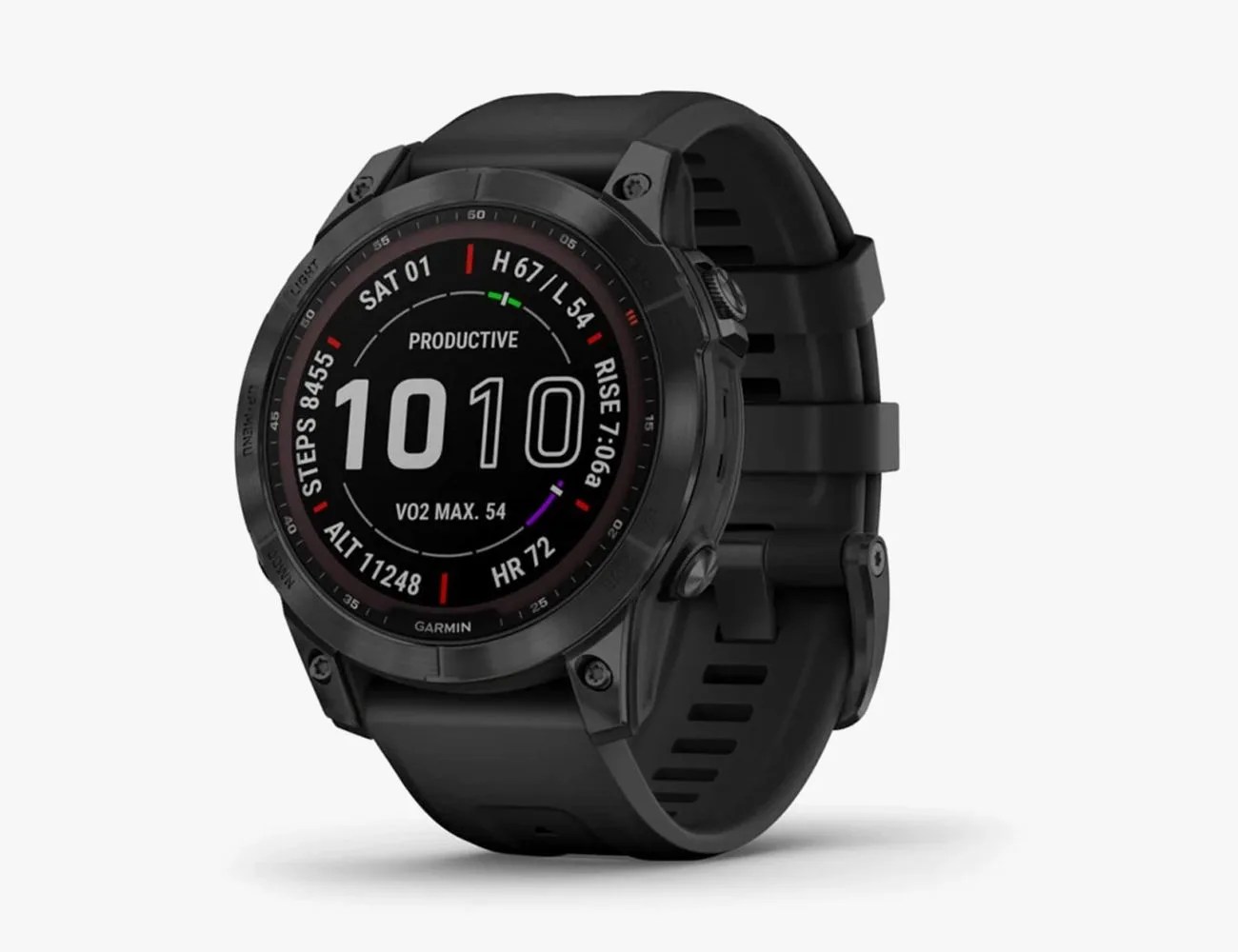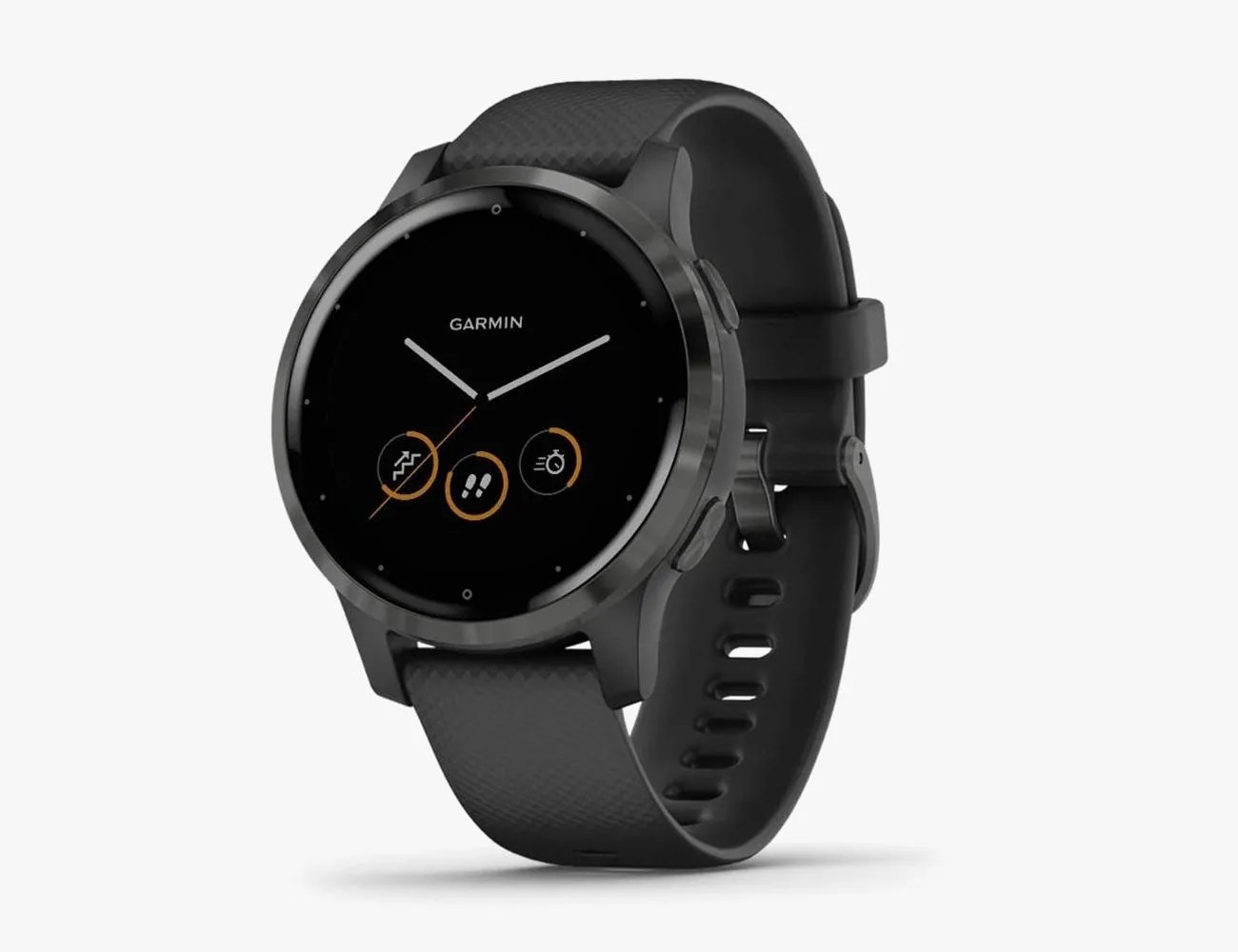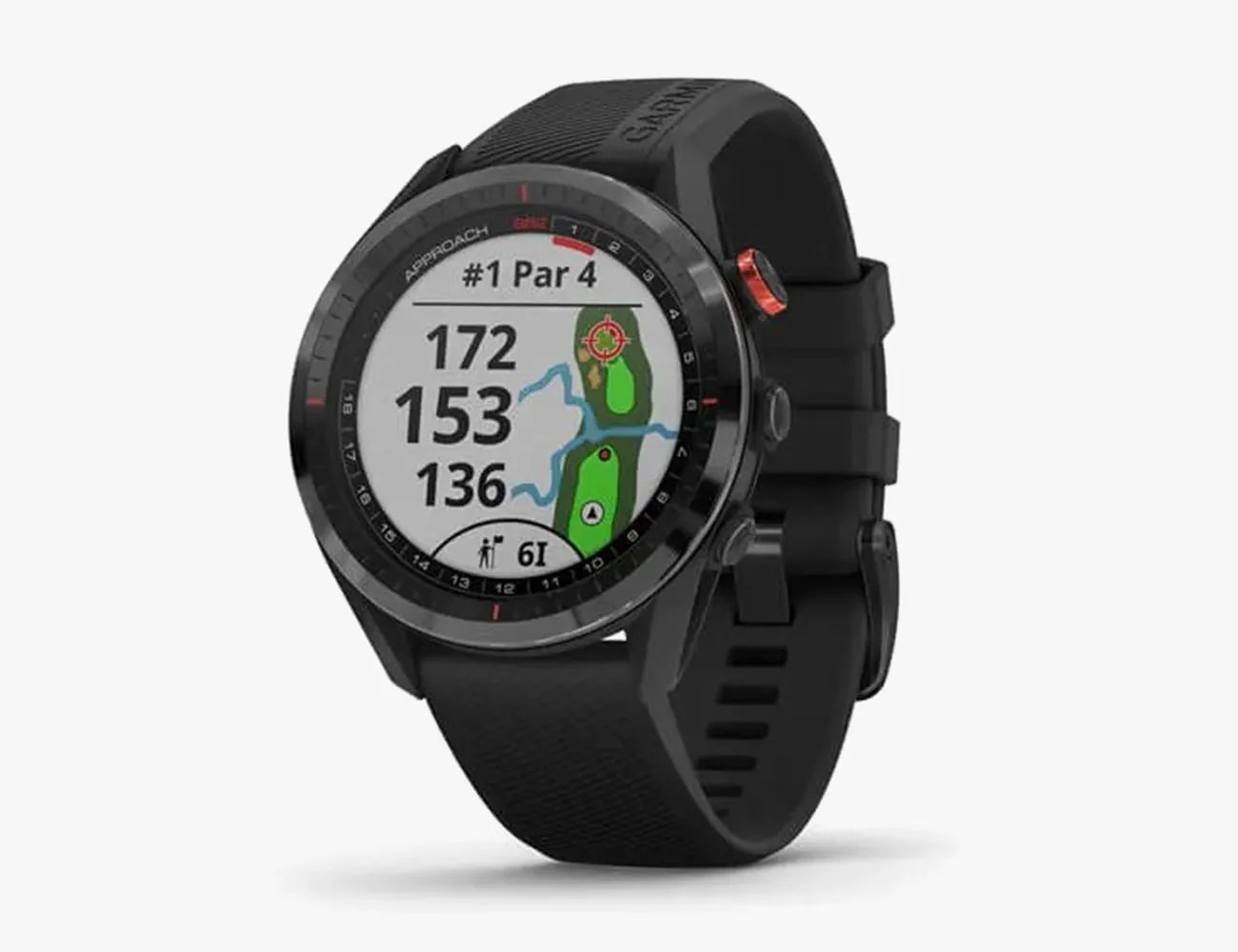A smartwatch isn’t going to replace your smartphone. In fact, it’s more of a smartphone accessory these days. They have tiny screens and many of the apps you use every day — Instagram, Twitter, Facebook — don’t have smartwatch apps. Most smartwatches don’t have LTE (or you have to pay a lot extra for it), meaning they can’t receive calls or texts when your smartphone isn’t nearby.
Products in the Guide
-
Apple Watch Ultra
Most High-End Apple Watch
Read more -
Apple Watch Series 8
Best Apple Watch for Most People
Read more -
Apple Watch SE (Second Generation)
Best Budget Apple Watch
Read more -
Google Pixel Watch
Best Smartwatch for Google Pixel
Read more -
Samsung Galaxy Watch 5
Best Smartwatch for Most Samsung Galaxy Owners
Read more -
Samsung Galaxy Watch 5 Pro
Best Upgrade Smartwatch for Samsung Galaxy Owners
Read more -
Fitbit Sense 2
Best Fitbit Smartwatch
Read more -
Fitbit Versa 4
Best Budget Fitbit Smartwatch
Read more -
Coros Pace 2
Best Budget Running Watch
Read more -
Garmin Fenix 7
Best Garmin Smartwatch for Outdoor Adventurers
Read more -
Garmin Forerunner 955
Best Garmin Smartwatch for Runners
Read more -
Garmin Vivoactive 4
Best Budget Garmin Smartwatch
Read more -
Garmin Approach S62
Best Garmin Smartwatch for Golfers
Read more
But there are many advantages to having a smartwatch. They show you who’s calling, texting or emailing you without forcing you to look at your phone. They replace your need for a dedicated fitness tracker — because most smartwatches these days are souped-up fitness trackers. And some smartwatches look pretty cool. Whatever your lifestyle and which smartphone you use, you’re bound to find something that suits you.
Not all smartwatches are the same, however. Most fall between a fitness tracker and something that relays smartphone notifications to your wrist. Some smartwatches can work untethered, completely autonomously from a smartphone — you can make calls, send texts and navigate directions, all while your smartphone is miles away. There are also hybrid smartwatches, made by mechanical watch manufacturers like Tag Heuer, Fossil and Withings, that have sensors to track fitness and traditional watch battery that lasts months.
Before pulling the trigger on the latest Apple Watch (the Series 8) or a smartwatch by Samsung, Google or Fitbit— do some research. Make sure it’s a smartwatch that’ll work to its full potential with your current smartphone and matches your budget and how you want to use it. If you work out a lot, get a fitness-focused smartwatch. If you go off the grid, get an LTE-connected one. Whatever your case, make sure you know the basics.
Things to Consider Before You Buy
Compatibility: Not every smartwatch is compatible with every smartphone. Pretty much every smartphone manufacturer today makes a smartwatch (or several) that’s designed to work in the same ecosystem as their smartphones. They pair beautifully together and work with the same apps and services. This is why it makes a lot of sense for iPhone users to get an Apple Watch, Samsung Galaxy owners to get a Galaxy Watch, and Google Pixel owners to get a Pixel Watch. There are third-party manufacturers, such as Garmin, who make smartwatches for specific activities (like golf, hiking or running), but you really have to want that for those options to make sense.
GPS or LTE model: Most smartwatches are available in either GPS-only or LTE (cellular) models. The main advantage of an LTE-connected smartwatch is that it can work completely untethered from a smartphone, so you can make calls and texts and stream music independently of your phone. The main downside to going with an LTE model is that it’ll cost more upfront, plus you’ll have to pay a monthly fee to add the smartwatch to your cellular plan. For most people, the “GPS only” models just make more sense.
